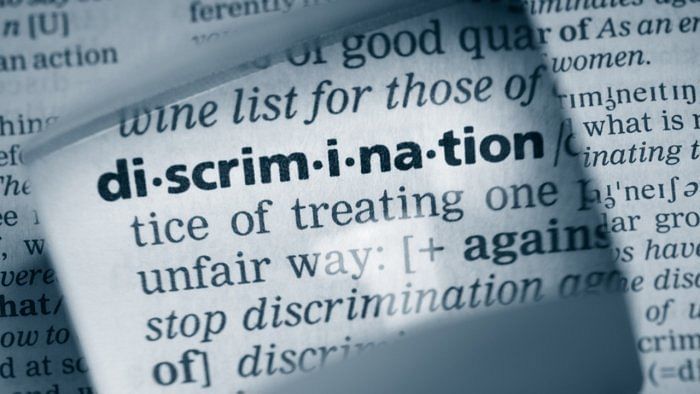

The specter of Dronacharya haunts the institutions of higher education. Even 75 years after Independence, university education in India still appears to be a fiefdom of the few elite castes. Though, because of constitutional mechanism, the Dalit-Adivasi students have entered into the elite spaces, they are not being treated as equals.
These institutions are dominated by an overarching presence of social elite faculty members, students and lack fraternal-associational life. Several studies and commission reports have demonstrated that the Dalit-Adivasi students face overt discrimination, harassment and violence by their peers and authorities. There is hardly any legal or institutional mechanism available in universities to diagnose the deadly caste malady and to inject effective medicine to treat the perpetual illness.
Also Read | The long shadow of caste over campus
The recent suicide of Darshan Solanki, a first year student of the IIT Bombay, again demonstrates the deep-rooted domination of Brahmanical values in the prestigious institutions. Darshan’s upper caste seniors and classmates allegedly mocked his social identity and harassed him with belittling tones. Such an unhealthy social atmosphere creates anxiety and often forces the students to fall into depression.
After facing everyday caste-based hurls and taunts, Darshan possibly had to bear acute stress and trauma, which might have resulted in his untimely death. Rather than building an amicable and egalitarian learning space for the Dalit-Adivasi students, these Institutions have created suffocating conditions for them, leading to the suicide of such brilliant young minds.
For several centuries, the socially marginalized communities, especially the Dalit and the Adivasis, have faced brutal exclusion in the domain of education. It is a recent phenomenon, especially only after the advent of colonial modernity in India that these groups are entering into the spaces of academic learning and knowledge production.
The modern constitutional state directs the academic institutions to enroll the socially marginalized communities and build democratic and inclusive spaces for learning. It was expected that with professional degrees, the Dalit-Adivasi groups would achieve class mobility and become part of the mainstream economic development. Though such a policy framework has benefited a small but significant section of the Dalit and Adivasi groups, a lot many among them became victims of Brahmanical caste order.
The social life of the university is not fair and welcoming towards the Dalit-Adivasi students. Instead, the general functioning of the academic institutions revolves around the concerns and interests of the social elites. The presence of students belonging to socially marginalized groups are often treated with contempt as if they are dangerous to the institution's conventional culture or will compete with the dominant social elites in the job market.
University lacks a deeper cohesive atmosphere in which different castes and communities can interact with each other on egalitarian terms. Instead, there is a visible rift between the students belonging to social elites and the Dalit-Adivasi students. Because the Dalit-Adivasi students often lack social and economic capital and within the institutional circuit they do not have any substantive support system, they survive under the discriminatory gaze of social elites and become subject of caste atrocities.
The authorities show no interest in fulfilling the reserved quota for the Dalit-Adivasi-Bahujan groups in the universities. The teachers award less marks to the Dalit-Adivasi students in the viva-voce exams and even hurl caste-based abuses. Further, the institutions are unprepared to handle the cases of caste discrimination and atrocities, forcing many victim students to survive in alienation and depression. The university campuses have failed to emerge as the place for creative and intellectual freedom for all.
The grand hope that modern education may build good citizens, responsible towards constitutional duties and emerge as a transformative class has failed, as the upper caste Brahmanical psyche contaminates the university campuses. Sense of caste superiority doesn’t allow the dominant castes to think beyond their social interests and engage with the socially marginalized communities on the principles of equality and fraternity.
Some years earlier, when Rohith Vemula, a bright young student of the University of Hyderabad Hyderabad, committed suicide after facing harassment and neglect by the authorities, a widespread social and political mobilization was witnessed at the national level. It was hoped that the ruling elites would henceforth examine such cases sensitively, would bring effective policy changes and legal provisions to halt such brutalities on young minds.
However, nothing much has changed in all these years. It is high-time that a deeper deliberation is required to bring crucial reforms within the social and academic life of the universities and to create a conducive atmosphere for the betterment of the socially marginalized groups. The ruling elites must pledge that in no conditions an Eklavya in this era would have to sacrifice his thumb to the cunning Brahmanical design of a Dronacharya.
(The writer teaches at Centre for Political Studies in Jawaharlal Nehru University, New Delhi. Views are personal)